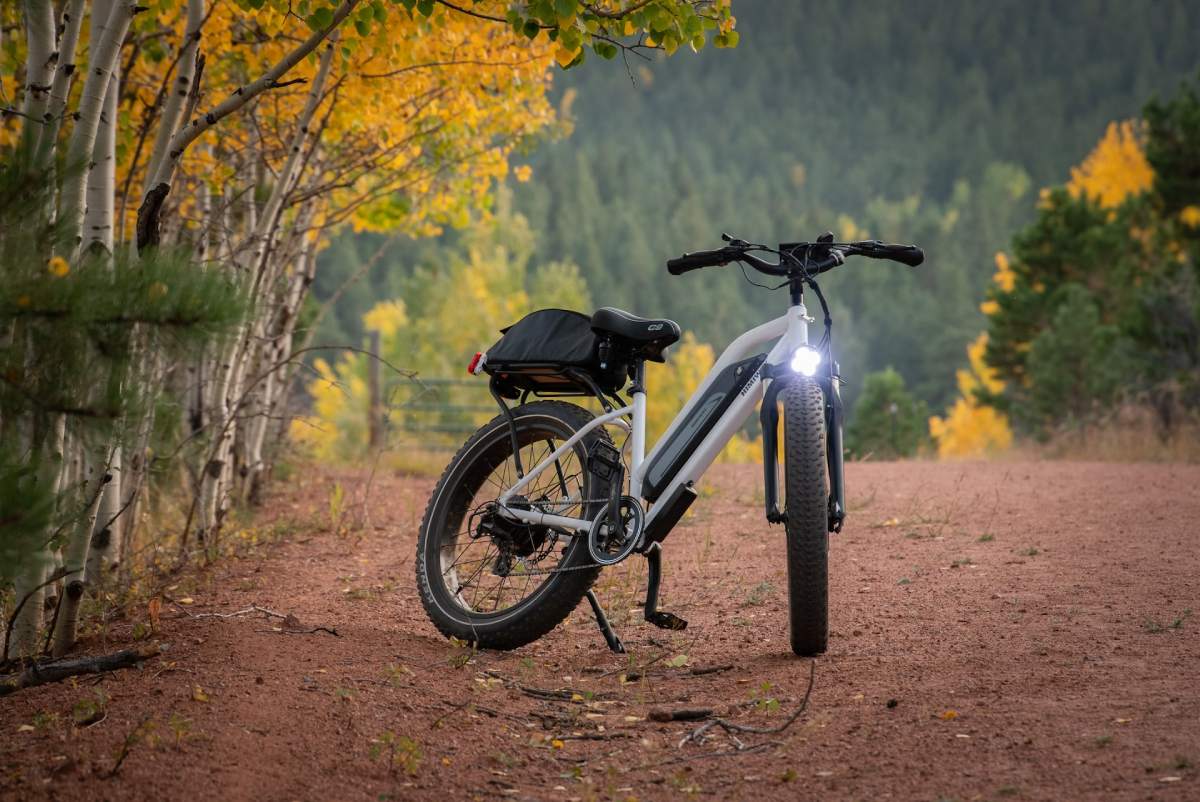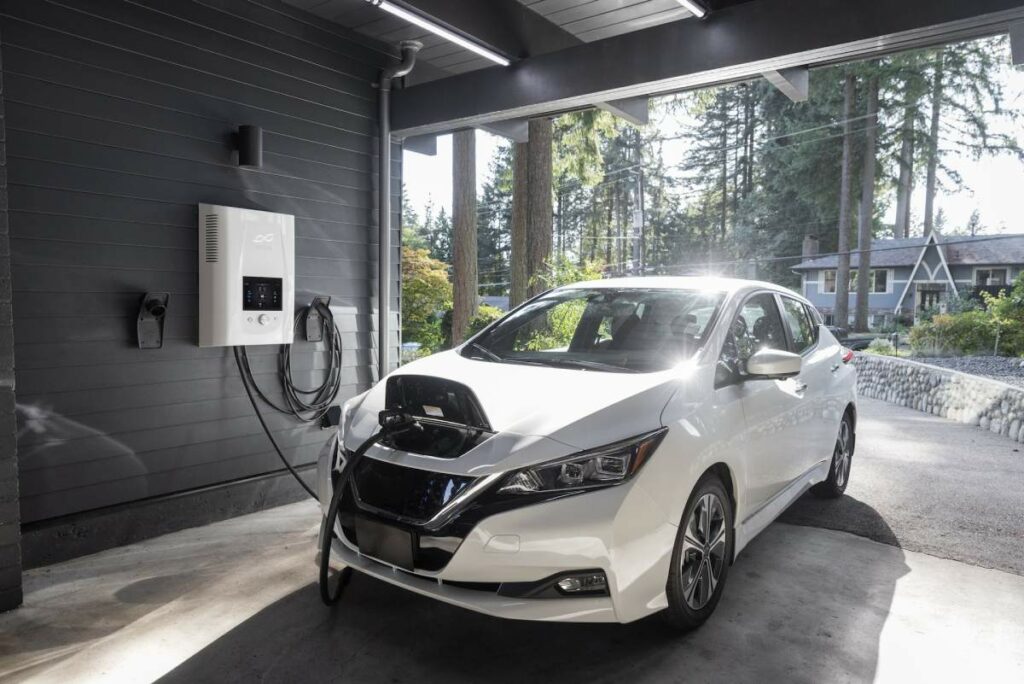
Looking for environmentally-friendly solutions to daily commutes? You may have thought about getting an EV or electric vehicle popularized by the tech company Tesla, or you may have thought about acquiring an electric bike.
Both are powered by electricity. Thus, the two are viable options for going from point A to point B without harming nature. So, which one would you choose?
We recommend getting an electric bike instead of an EV if you ask us. And, of course, a recommendation is not reasonable without us laying down the information you need.
A “environment friendly” transport option is not enough to choose from. Many factors are involved, which we’ll cover below. So read on and learn why electric bikes are better than other EVs!
Cost
Cost is one of the most important factors when choosing between an electric bike and an electric vehicle. After all, who doesn’t want to save money these days?
To be accurate, an electric vehicle is still way pricier than your average ICE (Internal Combustion Engine) car. So to compare its cost to an electric bike is practically absurd as the price difference is astronomical.
An electric vehicle might cost you well above 40 grand, whereas an electric bike might only cost you a few grand. Aside from the actual e-bike unit, you’ll need to invest in safety gears and additional accessories, which will only take a few hundred bucks.
So if you care about your budget and cost concerns, getting an electric bike is the most practical option for your daily commute. You can visit here.

Traffic Impact
It is said that the number of vehicles plying the road is a significant factor for traffic. According to Statista, some 276 million cars are registered in the United States. Several million vehicles are plying major thoroughfares at any given time, and there’s no shortage of traffic.
Vehicles take up a considerable chunk of space on the road, not e-bikes. E-bikes are way smaller than EVs, so local roads will have more space and infrastructure for more e-bikes and commuters.
Imagine a single-lane road with 20 e-bike users compared to 20 cars carrying one passenger each. Which route will be full of traffic? You guessed it right, the road with cars.
Plus, e-bikes are easy to manoeuvre, and you can skim right through traffic, provided it is safe.
Range
If you want a transport option with a lot of range, consider buying an EV. In this case, the EV effectively topples an e-bike. But if your average commutes are just a few miles, an e-bike would likely suffice.
Electric vehicles can go 300 miles on a single charge, with some models topping up at the upper 400 and a low 500-mile range. Unfortunately, average e-bikes don’t have the big chunky battery packs an EV has, so its content is just well within the 60-120 mile range.
The good news is that some high-end models are advertised to cover 200 miles and above range. These high-end models are still cheaper than an EV but have enough juice to take you from point A to point B with great battery endurance.
If you run out of battery juice, you can use your e-bike as a regular bicycle and pedal away until you reach your destination.
Maintenance
Electric vehicles don’t need as much maintenance as their ICE-powered brothers since their structure is much more straightforward. Nonetheless, EVs still need regular maintenance from qualified technicians.
If you don’t know how to maintain an EV, you’ll pay for costly maintenance from the dealership or an EV-dedicated repair and maintenance shop. Not to mention, spare parts can take weeks, if not months, to be delivered, so maintenance works can be delayed.
For e-bikes, maintenance can be easy to study, and you could maintain your e-bike within a few weeks of practice and learning. Plus, spare parts are readily available. You can go to a local e-bike shop and order away.
Suppose they don’t have what you need; you can always order online and deliver it to your doorstep after a few days!
Environmental Friendliness
Electric vehicles are often the most viable solution to help slow down global warming. Unfortunately, green infrastructures that would make EVs greener are still under development.
If you wonder how e-bikes are greener than EVs, it all comes down to the range and material production. EVs significantly run longer distances than e-bikes, so they need their large battery packs to be recharged for 8 to 12 hours.
This means you will consume a lot of energy to recharge an EV’s battery pack for several hours, making it less eco-friendly. Another factor is material production: EVs are more prominent, so different materials have to be sourced from other places making the carbon footprint larger too.
As opposed to e-bikes with more miniature battery packs and smaller sizes, e-bikes win in a battle of eco-friendliness.
Also Read:
E-Bike Riders in Urban Traffic
Excited For Your First Solo Bike Trip? Don’t Forget To Read These 5 Tips






